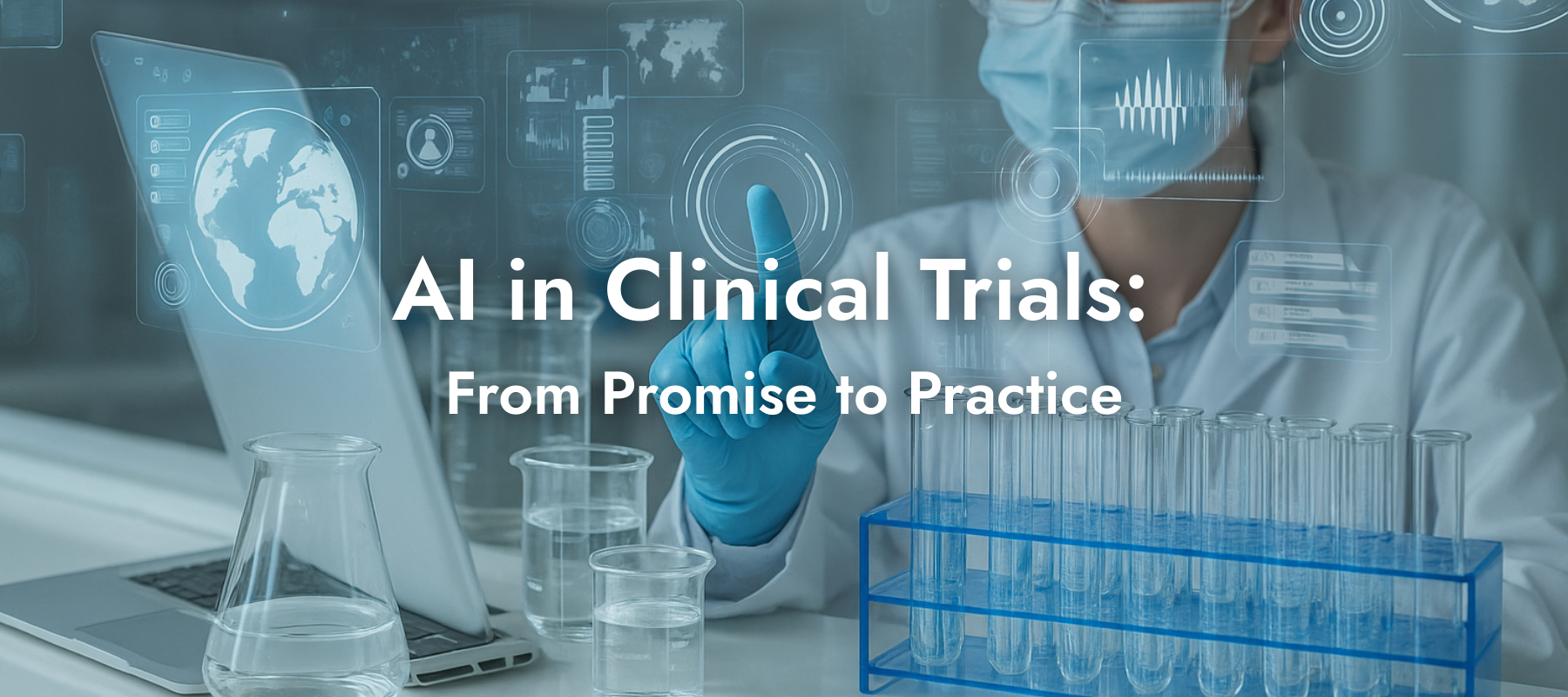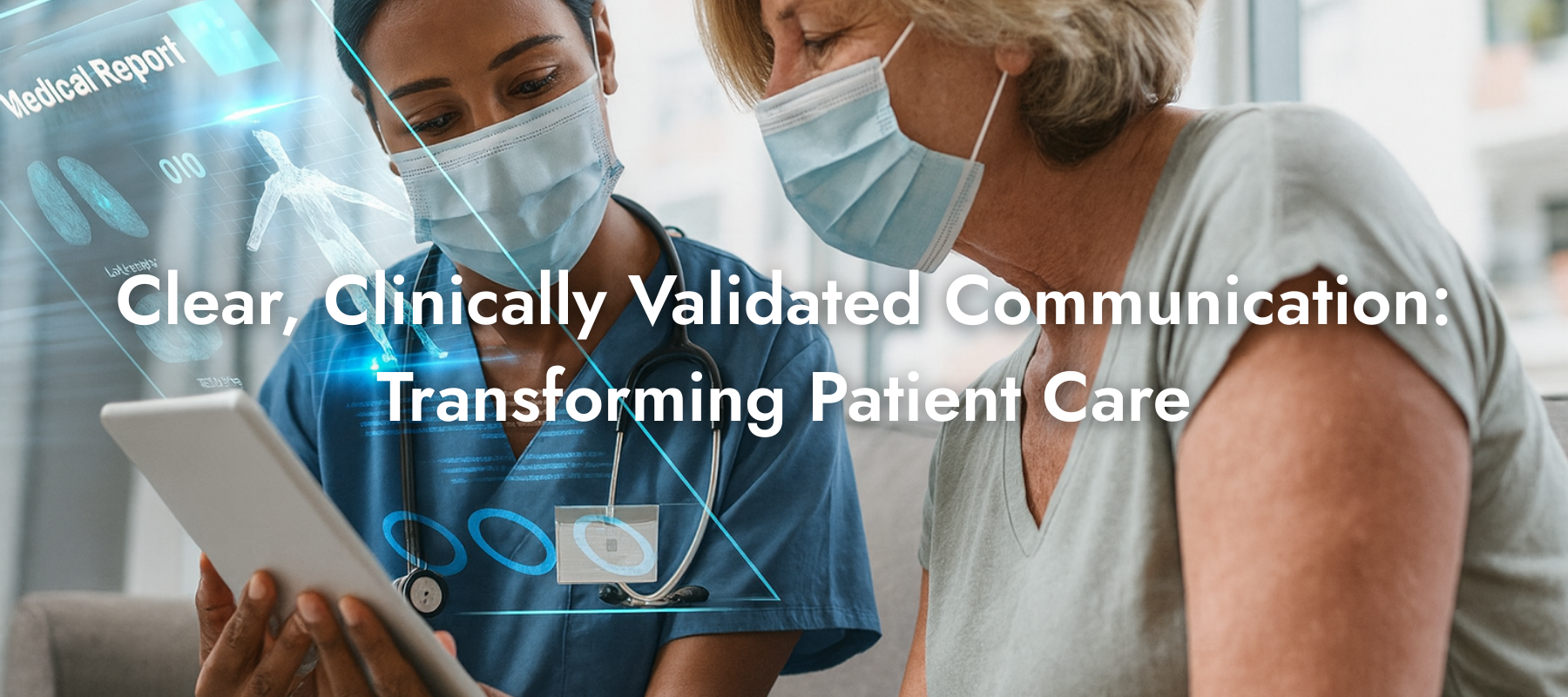Mirror Biologics, Inc. (“Mirror”) was born in Jerusalem and currently operates as a Delaware corporation headquartered in Tampa, Florida with a wholly-owned GMP aseptic manufacturing subsidiary in Jerusalem. Mirror is pioneering novel immunotherapy approaches for treating metastatic cancer and reversing the decline in cellular immune function that occurs as we age. These novel approaches are protected by over 200 issued patents worldwide.
Mirror’s immunotherapy is unique in that it is not a pill or a protein, but instead is a living immune cell made into a drug called AlloStim®. AlloStim® is derived from the blood of healthy donors. Mirror has pioneered the methods for blood collection, blood cell component isolation, expansion and differentiation protocols and the harvesting, packaging, vialing, freezing, shipping and distribution of the living cell drug product. The Jerusalem manufacturing facility is capable to scale-up to commercial quantities of this living immune cell drug and methods for distribution are established currently in USA and SE Asia.
AlloStim® is a novel living cell drug which has a novel mechanism of action. Interestingly, AlloStim® is designed to be rejected by the host immune system and does not directly engage to eliminate tumors or viral infected cells. Rather, AlloStim® immune rejection acts in a manner that serves to re-program, rather than boost, the immune system. Since AlloStim® is quickly rejected by the host immune system, it does not persist long enough to cause any significant side-effects. The rejection of AlloStim® releases ‘danger signals’ which serve as an adjuvant to reverse immune suppression and results in immunity to AlloStim® which serves to modulate the host immune system to an enhanced state of cellular immune function.
The immune system is capable of immune surveillance, constantly hunting down and then eliminating nascent tumor cells and viral infected cells before the aberrant cells form tumors or viruses spread to become disease. Mirror believes cancer and viral disease to be a failure of this immune system surveillance function, which is mostly mediated by the innate and adaptive cellular immune system. Mirror’s unique approach targets re-programming of both the innate and adaptive immune cell components of a patient’s immune system in order to modulate a failed immune response into an effective response.
Many current immunotherapy approaches under development for cancer work to boost the resident failed immune response that originally allowed the disease to occur. The idea to boost the immune system of cancer patients assumes cancer is a disease of a weakened immune system. However, these immune boosting approaches often fail and sometimes make the disease worse. Mirror believes that cancer is a disease of a wrong immune response rather than a weak response. Boosting a failed immune system only provides a stronger failed immune response. Mirror’s approach is different, rather than boost a failed immune response, Mirror first modulates the immune system to change the immune response from a failed response to an effective response. Once the immune system has been properly modulated to respond correctly to a tumor or virus, this new immune response can then be boosted.
Metastatic cancer is a significant therapeutic challenge. Tumors can be shrunk and life can be extended with chemotherapy and radiation, but metastatic disease generally can not be cured. Harnessing the power of the immune system to cure cancer has long been sought out as a treatment strategy that could replace mainstay chemo-radiation therapy. While chemotherapy and radiation can extend life, these treatments are very harsh and some patients refuse or cut short these treatments as they feel it is not worth living longer without quality of life.
For decades, the attempts to harness the immune system to control cancer have had disappointing results in the clinic, leading most oncologists at the time to believe that immunotherapy could never be more powerful than chemotherapy. However, the recent clinical success of checkpoint inhibition drugs has created more widespread awareness and acceptance of immunotherapy as a viable cancer treatment modality. These drugs have produced clinical responses and durable remissions in patients with a variety of cancers, including some with chemotherapy-refractory metastatic disease.
These unprecedented results led Science magazine to select cancer immunotherapy as the 2013 “Breakthrough of the Year”. The American Society of Clinical Oncology (ASCO) named Immunotherapy as the “Advance of the Year” in 2017 due to the continued success of the checkpoint inhibition drugs and the emerging potential of CAR-T adoptive immunotherapy approaches.
In 2017, the FDA approved the first CAR-T drugs, opening a new category of immunotherapy using autologous living, genetically-engineered, cytolytic T-lymphocyte (CTL) “killer” T-cells as a drug. Killer T-cells recognize tumors through interaction with a molecule called MHC I on the surface of cells. However, tumors generally do not express MHC I, making them invisible to killer T cells.
Tumor surface antigens are recognizable by antibodies. However, antibodies are ineffective at killing tumor cells. To harness the killing power of killer T-cells and overcome the lack of MHC I expression on tumors, a strategy was developed to genetically modify killer T-cells so that they can recognize surface antigens like an antibody through a chimeric antigen receptor (CAR). In this manner, a CAR-T is an engineered killer cell that can potentially recognize a tumor like an antibody, but kill like a killer T-cell.
The genetic manipulation, expansion and adoptive transfer of autologous CAR-T is logistically complex and extremely expensive to translate to clinical use. Genetic manipulation of the cells has resulted in some treated patients developing secondary tumors, causing US FDA to place a warning label on these products. Furthermore, this technology is only useful for directing an immune response against cell surface molecules. However, solid tumors do not express surface molecules that are unique to the cancer. For this reason, current CAR-T immunotherapy products are limited to blood cancer indications which can target a tissue type, like all B-cells.
Mirror’s AlloStim® immunotherapy has many advantages over CAR-T cells. While both are living immune cell therapies, AlloStim® is not genetically-manipulated and is an allogeneic “off-the-shelf” product. As an “off-the-shelf” product, one blood donor can produce sufficient product for hundreds of patients, providing a significant economy of scale to lower cost. CAR-T cells are manufactured for each individual patient. The lack of economy of scale makes CAR-T cells extremely expensive (~$500,000 per treatment). In addition, CAR-T are highly toxic, requiring administration in a hospital in-patient setting, further increasing the cost. AlloStim has a very benign safety profile and is administered in an out-patient setting.
While AlloStim® has significant advantages over checkpoint inhibitor and CAR-T immunotherapies, Mirror has a bigger vision than just to compete with these existing immunotherapies. Mirror is seeking a future potential cure. Checkpoint inhibitor and CAR-T immunotherapies generally are not cures for cancer. To cure cancer, a treatment must eliminate every last microscopic cancer cell in the body and then provide continuous protection against disease recurrence. Only by creating a cancer vaccine will there be potential for a cure. However, therapeutic cancer vaccines have historically been the least effective immunotherapies under development. Mirror intends to reverse this trend and create the first universally effect therapeutic cancer vaccine immunotherapy. A therapeutic vaccine treats existing disease, as opposed to standard vaccines designed to prevent disease.
The main cancer treatment modalities, including chemotherapy, radiation, surgery, and various new targeted therapies cannot completely eliminate tumors on a microscopic level, nor do they provide continuous protection from disease recurrence. Only an immunotherapy that acts like a vaccine has the technological capability of producing a “cure”, as the vaccinated immune system can be trained to elicit both a “sterilizing” anti-tumor immune response followed by a “memory” response for long-term disease suppression. Harnessing the curative potential of the human immune system through vaccination continues to be a major focus of cancer research efforts worldwide and is being pioneered by Mirror.
Previous and current therapeutic cancer vaccine protocols have had difficulty in eliciting tumor-specific memory responses. A major obstacle faced in developing therapeutic cancer vaccines is the ability of tumors to evade and adapt to an effective anti-tumor immune response. Tumors that evade immune destruction after therapeutic vaccination may have a selective advantage and become resistant to the elicited anti-tumor immune response through a mechanism known as tumor “immunoediting”. Immunoediting occurs when tumors escape initial immune elimination and accumulate further DNA mutations or changes in gene expression. These mutations exert selective pressure on the immune system, causing elimination of the more susceptible tumor clones and survival of the most resistant ones. Thus, incomplete immune elimination of tumors after vaccination often results in the development of new disease that is highly resistant to immune control
The host immune system’s ability to protect against tumor growth and metastasis is known to be hindered by several factors, including: (1) tumor immunoavoidance through tumor-induced impairment of antigen presentation, downregulation of MHC molecules, defective co-stimulation, and tumor production of immunosuppressive cytokines (such as IL-10 and TGF-β); (2) poor tumor antigen immunogenicity due to “self” nature; (3) heterogeneous expression of tumor antigens within tumors and in distant tumors; (4) tumor-influenced activation of tolerance-inducing immunosuppressive circuits, including induction of suppressor regulatory T cells (Treg), suppressive natural killer T cells (NKT2), myeloid-derived suppressor cells (MDSC), and immunosuppressive subsets of mature dendritic cells (DC2); (5) loss of cellular immunity due to immunosenescence as we age and/or tumor-induced cellular immune suppression; and (6) immunosuppression due to heavy medical pretreatment and the presence of large tumor burdens.
Cancer vaccine development continues to struggle with these obstacles while attempting to produce effective clinical responses. Mirror believes that anti-tumor mechanism that needs to be elicited by an effective therapeutic cancer vaccine must have both a spatial and a temporal component. This is because immune deviation from permissive or suppressive anti-tumor responses can occur in different locations (lymph node, peripheral tissues, tumor stroma) and at different times.
Multiple administrations of tumor antigens can result in high titers of circulating memory killer T-cells. Standard vaccination practice, where tumor antigens are injected together with adjuvant, does not address the timing of the multiple decision points that occur during anti-tumor immune cascade development. Also, standard vaccination protocols do not interfere with the bidirectional cross talk occurring between the existing tumor lesions and their surroundings, and consequently cannot stop the immunosuppression and avoidance mechanisms which facilitate tumor progression.
The Mirror therapeutic vaccine protocols are the first to incorporate spatial and temporal components. The Mirror therapeutic vaccine protocols feature weekly AlloStim® injections over 3-4 months which alternate from intradermal (ID) to intravenous (IV).
The clinical benefit of past therapeutic cancer vaccines has been almost negligible despite the use of a variety of highly novel and innovative technologies, antigens, adjuvants and administration schedules. The obstacles impeding successful therapeutic cancer vaccine development are numerous and are extremely difficult to overcome. The overwhelming complexity of these problems have caused many researchers to conclude that the development of an effective therapeutic cancer vaccine is not possible.
Mirror, however, has been at the cutting edge of solving the problems of translating an effective therapeutic cancer vaccine to the clinic. Mirror believes that the past failures of past and current extremely innovative therapeutic vaccine designs and new adjuvant technologies, it may be that these innovations represent solutions for the wrong problem. Accordingly, a completely new approach was thought to be needed in order to design a clinically useful therapeutic cancer vaccine. Such a new approach must introduce a mechanism that is different from that has previously failed, as well as provide an explanation as to how the new approach would succeed in light of the numerous previously failed approaches.
Rather than attempt to improve vaccine platforms that had previously failed, Mirror aimed to develop a next generation therapeutic immunotherapy vaccine platform patterned after an anti-tumor immune cascade that is already known to overcome tumor immune suppression and avoidance and to mediate tumor killing. The most powerful and only immune cascade known that is capable of eliminating chemotherapy-refractory metastatic disease is the graft vs. tumor (GVT) effect that occurs after allogeneic, non-myeloablative, stem cell transplant (ASCT) procedures. Mirror has mapped this mechanism and reversed engineered the GVT effect into a host vs tumor (HVT) effect, which is the ‘mirror’ of the GVT effect.
The powerful GVT immune effect is proven capable of killing chemotherapy-resistant metastatic tumor lesions, but is intimately linked to a toxic side-effect known as graft vs. host disease (GVHD). The high morbidity and mortality of GVHD severely limits the use of ASCT procedures. The intimate and proportional relationship between the beneficial GVT effect and detrimental GVHD effect have made these effects difficult to separate. The clinical application of the ASCT procedures is further complicated by the requirements for matched tissue donors, toxic chemotherapy conditioning and need to establish a stable chimeric immune system in order to observe GVT/GVHD effects.
Mirror developed the “Mirror Effect” hypothesis to address the difficulties of harnessing the power of the GVT effect without GVHD toxicity. The Mirror Effect hypothesis proposed to maintain the intimate relationship of the GVT/GVHD cascades, but reverse the direction of the immunological flow. In the reverse flow ‘Mirror Effect’ model, the effector cells are from the host, rather than from the graft, whereby there is a non-toxic host vs. graft (HVG) rejection, the ‘mirror’ of GVHD, as an adjuvant supporting a host vs. tumor (HVT) effect, the ‘mirror’ of GVT.
To elicit the Mirror Effect mechanism in immunocompetent patients without requirement for first creating a chimeric immune system, Mirror designed AlloStim®, to provide the same immune signaling as is provided by chemotherapy conditioning used prior to chimera formation and the same danger signals released by GVHD in ASCT procedures upon rejection by the host immune system. AllloStim® is the first cell therapy designed to be rejected, rather than perform an effector function.
The alloantigens on the mismatched AlloStim® cells serve as a potent immune stimulus. The immune mechanisms that influence responsiveness to the triggering allo-antigens hold the key to the ability to manipulate the immune system for therapeutic purposes. The type of immune response that occurs after encounter with alloantigen depends upon the place the antigen recognition occurs and the inflammatory status of the microenvironment.
Under non-inflammatory conditions, injections of alloantigens can cause the development of a tolerant response to the alloantigens. For this reason, the AlloStim® cells must be administered with ant-CD3/anti-CD28-coated microbeads to assure they are activated and producing type 1 cytokines at the time of administration and rejection. This assures rejection results in enhanced cellular immunity to the alloantigens. When administered intradermally, the alloantigens from rejected AlloStim® are processed by Langerhans cells (LCs), which are abundant in the skin, which then orchestrate the polarization of immune responses towards Th1 cellular immunity.
The AlloStim® protocols re-engineer the tumor microenvironment to create inflammation. In the context of this inflammation, which can be thought of as a vaccine adjuvant, the killing of tumor cells by activated NK cells recruited to the tumor releases tumor neoantigens. The release of neoantigens and the adjuvant effect of the inflammation creates a personalized ‘in-situ’ vaccine. This in-situ vaccine mechanism has the unique result of an off-the-shelf immunotherapy resulting in a patient-specific immune response customized to each patient’s own tumor.
Mirror is currently in late clinical development with novel immunotherapy, having completed accrual in the StimVax clinical trial in metastatic colorectal cancer patients refractory to chemotherapy and immunotherapy. The protocol uses 3 cycles of a combination of weekly intradermal AlloStim® priming doses, which serves to increase the Th1/Th2 balance by increasing titers of allo-specific Th1/CTL and then at the end of each cycle an intravenous infusion which causes the extravasation of activated NK and memory T-cells to tumor lesions.
In previous Phase IIA and Phase IIB studies in third-line microsatellite stable (MSS) metastatic colorectal cancer (known as ‘cold’ tumors unresponsive to immunotherapy), the subjects’ clinical presentation remained stable and median overall survival was approximately double the survival reported in historical controlled studies in this population. Plans are now being made to advance AlloStim® to a registration trial in metastatic colorectal cancer.
Immune checkpoint blockade (ICB) immunotherapy has shown great potential and power in cancer treatment. However, these drugs only work in approximately 20% of human tumors that are characterized as highly inflamed ‘hot’ tumors. The AlloStim® mechanism converts ‘cold’ tumors to ‘hot’ tumors, potentially broadening the market potential for ICB immunotherapy and providing potential for collaborations with the big pharma companies which dominate the ICB market.
Recently, Mirror Biologics announced clearance from US FDA and a collaboration with Merck, Darmstadt Germany for a new Phase II study of AlloStim in combination with Avelumab (Bavencio) in fourth-line metastatic colorectal cancer patients refractory to both chemotherapy and immunotherapy.
In another application of AlloStim®, Mirror Biologics has designed a vaccination method that modulates the immune system of elderly patients in a manner that converts the immune system from being senescent to one that works like a young healthy person. This conversion can provide universal viral protection against both known and unknown viruses and their variants without the need to have prior knowledge of the antigenic and genetic phenotype of the viruses. In addition, this novel mechanism features a self-amplification mechanism which eliminates the need for annual booster injections. Mirror has completed a Phase I/II clinical trial in 40 healthy adults over 65yo with final results expected to be released early in 2025.
Mirror is thinking outside the box and is pioneering new ideas in immunotherapy of cancer and infectious disease. Mirror is on track to bring this new technology to the market and potentially benefit patients and society for the evils of cancer and the adverse effects of aging.























